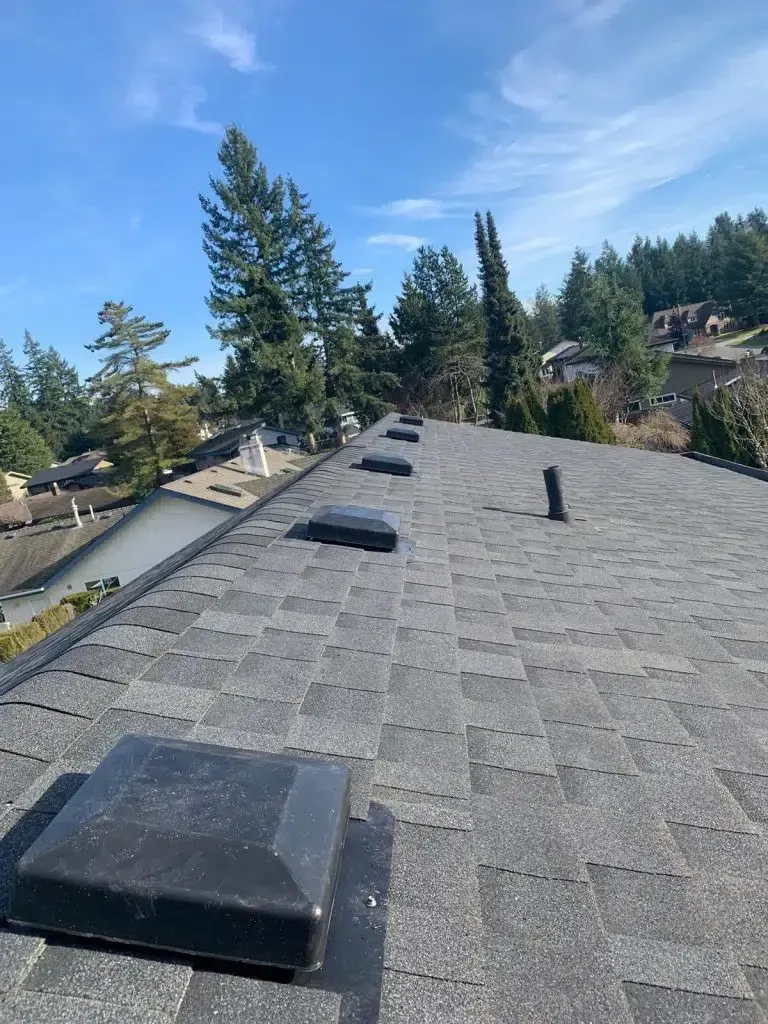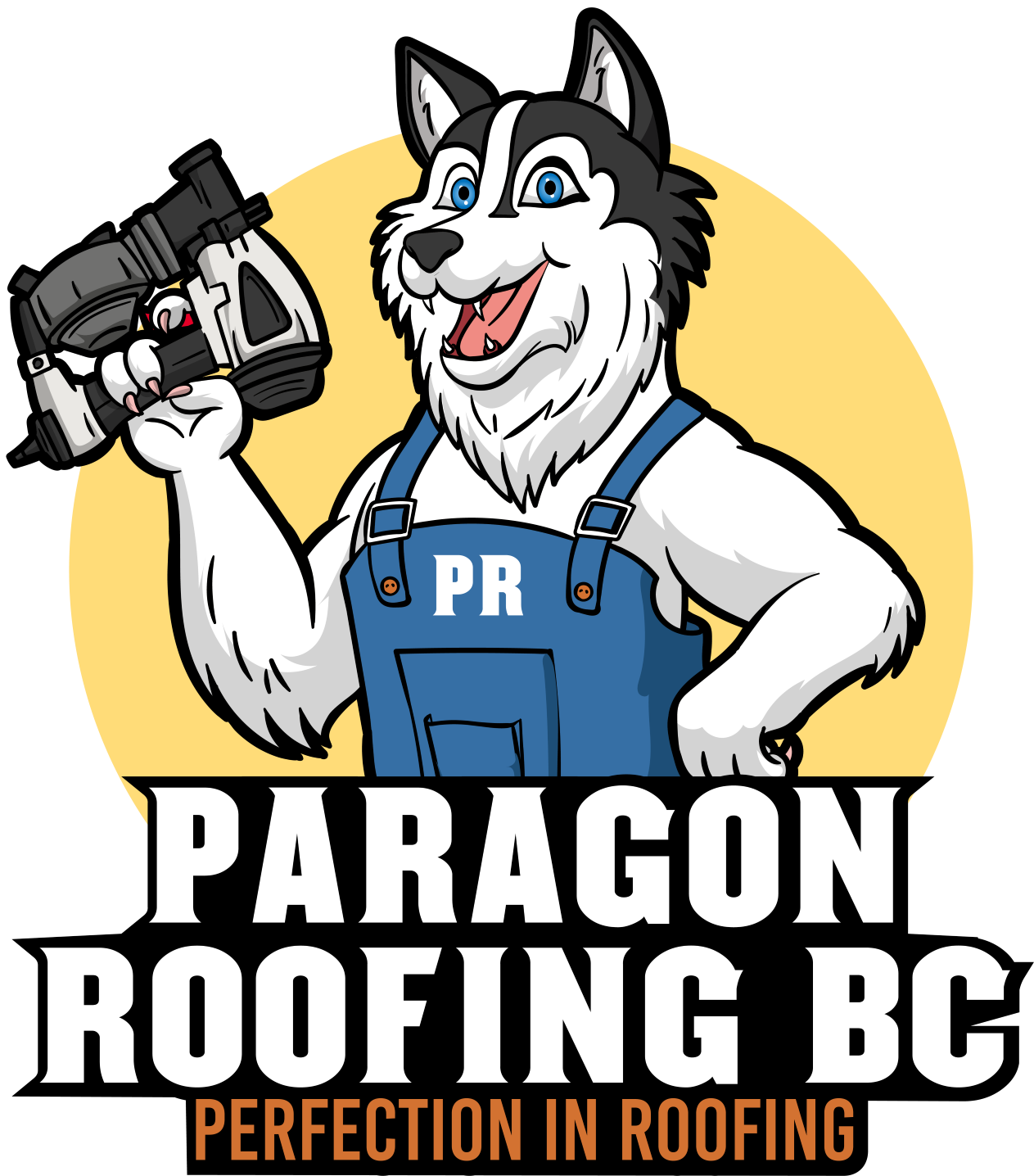How to Care for a New Roof in Burnaby After Installation
How to care for a new roof in Burnaby after installation? Start with gentle, routine upkeep: bi-annual inspections, monthly gutter clearing through stormy months, and immediate removal of wind-blown debris to keep shingles, flashing, and drains performing flawlessly.
- Inspect shingles, flashing, vents every season.
- Clear gutters and downspouts after heavy rain.
- Trim trees to prevent branch abrasion.
- Check attic for moisture and mold monthly.
- Schedule a professional roof tune-up yearly.
A Roofer’s Field Manual for Burnaby’s New Roofs
1. Why “New” Doesn’t Mean “Hands-Off”
Burnaby’s roofs debut beneath a sky that dumps roughly 1 ,920 mm of rain a year —some seasons swell past 2 ,300 mm when snow-melt is added. That deluge, paired with winter gusts nudging 10 km/h on average, begins testing every nail the moment the last ridge-cap is pressed. A brand-new roof is like fresh pavement: strong, smooth, but vulnerable until it settles into the local rhythm of expansion, contraction, and runoff. Early care prevents micro-fractures from graduating into leaks.
2. The First-30-Days Roadmap
Day 1–3:
Walk-away window—let shingles cure undisturbed; foot traffic scuffs new granular surfacing.
Day 4–10:
Gutter check—installation debris often lodges behind the first downspout elbow.
Day 11–20:
Flash-scan—use binoculars from ground level for raised flashing edges.
Day 21–30:
Attic audit—dawn inspections reveal condensation dots on nail tips.
Document everything; photos bolster warranty claims and simplify any Burnaby roof durability and performance
visit.
3. Seasonal Playbook (Burnaby Edition)
| Season | Priority Task | Local Trigger | Consequence if Skipped |
|---|---|---|---|
| Spring | Clear moss & wash skylight gaskets | Night-to-day temp swings > 10 °C | Early algae colonization, seal shrinkage |
| Summer | Re-seal exposed nail heads | UV index > 7 | Asphalt softens, nails creep |
| Autumn | Vacuum leaves from internal drains | First 40 mm rain week | Ponding, ice dam risk |
| Winter | Rake heavy snow at 15 cm depth | Wet snow load 30 kg/m² | Structural sag, seam splitting |
4. Threat Matrix: Rain, Wind, Moss & Migratory Debris
Rain:
Constant wetting saturates capillary breaks.
Wind:
December gusts sometimes peak above 60 km/h—enough to flutter ridge caps.
Moss:
Coastal spores root in granular valleys within a single damp week.
Debris:
Fir needles siphon water under shingle tabs. Counteract with quarterly low-pressure rinses and copper-strip algae deterrents.
5. Tools & Techniques I Trust on My Own Builds
- Soft-wash sprayer < 60 psi — pressure washers void most shingle warranties.
- Plastic leaf scoop — metal edges carve asphalt granules.
- Damp-meter — scan interior drywall after big storms.
- Thermal camera add-on — pinpoints cold seams signalling wet decking.
6. BC Code & Warranty Fine Print
Under BCBC 9.26, starter-strips must project 12 mm beyond the eave. If a homeowner trims that overhang “for looks,” water can back-crawl into fascia and the manufacturer may void coverage. Most shingle makers demand proof of roof inspections Burnaby twice a year, written storm-response records, and dated photos of any repair within 30 days of discovering damage.
7. DIY vs. Pro: Drawing a Safe Line
DIY: Gutter cleaning, gentle moss brushing, attic vent check. Call a pro: Re-sealing chimneys, flashing realignment, structural snow removal.
8. The Cost of Neglect (Real Numbers)
| Issue | Repair Cost | Prevented by |
|---|---|---|
| Moss removal & shingle replacement (15 m²) | $1,300 | $50 zinc strips |
| Gutter overflow drywall repair | $2,100 | $120 fall cleaning |
| Wind-torn ridge cap replacement | $650 | $0 — yearly tune-up |
9. Smart Monitoring: Sensors That Text You
Battery-powered leak detectors slide under skylight corners and ping your phone when moisture hits 1 %. Two rows—high and low—offer redundancy and cost less than a single sheet of drywall.
10. Climate-Specific Tips Only Burnaby Locals Mention
- Salt-laden air within 2 km of Burrard Inlet accelerates fastener corrosion—use stainless nails.
- Fir pollen surge in late May blankets roofs; rinse before June drizzle binds spores.
- When an “AR” (Atmospheric River) alert hits (> 50 mm/24 h), pre-walk gutters and anchor elbows.
11. Ventilation & Insulation: The Roof’s Silent Partners
Code ratio is 1:150, but Burnaby’s humidity justifies 1:120. Pair that airflow with R-60 blown-in insulation to flatten temperature gradients and dodge ice dams.
12. Moss, Algae, and Lichen—Biology 101 for Homeowners
Average November humidity hovers near 93 %. Moss rhizoids pry granular layers loose. Removal protocol:
- Mist with 1:5 bleach solution at dawn.
- Wait 20 minutes; granules cool, moss loosens.
- Sweep gently downward; never scrape upward.
- Rinse at garden-hose pressure. Repeat yearly.
13. Snow & Ice: Rare but Ruthless
Wet coastal snow weighs > 300 kg/m³. Clear at 15 cm depth using a poly roof-rake; never chip ice dams with metal tools. For stubborn dams, carve a melt channel with a calcium chloride sock—rock salt eats aluminum.
14. Trees: Friend & Foe
Big-leaf maples shed broad leaves that mat over valleys. Keep branches two metres back from eaves; limbs over service lines need an ISA-certified arborist. Tree-side roofs age 30 % faster due to shade-locked moisture.
15. Annual Professional “Roof Tune-Up” Checklist
- Re-caulk pipe boots with UV-stable sealant.
- Tighten loose ridge cap nails.
- Replace any blistered shingle tabs.
- Re-align gutter slopes to 6 mm per metre.
- Drone scan for hairline flashing gaps & log findings in a seasonal roofing checklist Burnaby.
16. Vent Stack & Skylight Culture
Acrylic bubble skylights UV-embrittle by Year 25—replace before they crack. Plumbing vents need neoprene retrofit boots every decade to keep sour odours and attic frost at bay.
17. Insurance Perks for Documented Maintenance
Insurers like BCAA drop premiums 5–8 % for substantiated roof logs—PDFs filed on cloud storage work wonders.
18. End-of-Life Planning Starts on Day One
Track every repair in a “Roof Log”: date, activity, photos, receipts. By Year 20 you’ll know when to budget for replacement and can leverage the archive during resale negotiations.
Final Thoughts
I’ve crawled more Burnaby attics than I can count, and the truth stays simple: the roof that’s cared for early is the roof that lasts. Follow the rhythm—inspect, clean, tune, repeat—and your new shingles will shrug off rainforest rains, winter gusts, and the occasional moss invasion for decades.



